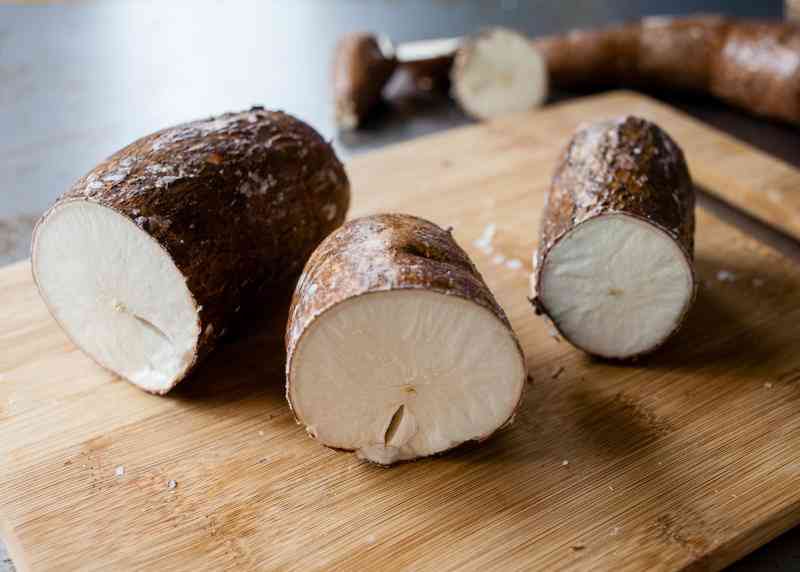×
The Standard e-Paper
Read Offline Anywhere

Instead of dying of starvation households in drought-hit Ganze in Kilifi County have opted to embrace genetically modified cassava.
Members of Mali Shambani Aggregation Group have warmed up to the new variety of cassava variety known as Tajirika which was developed by the Kenya Agricultural and Livestock Research Organisation (KALRO) in 2018.